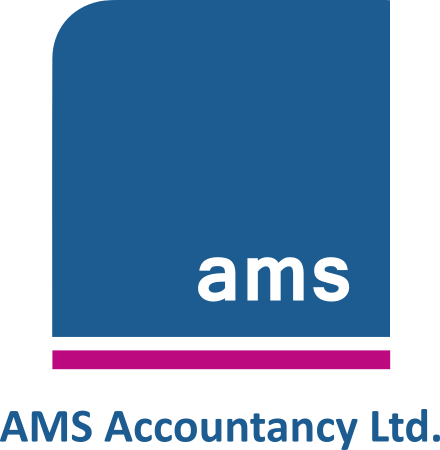This tax is the result of an overdrawn Director’s Loan Account (DLA). Here is a brief explanation of how they can arise; the implications, and what to do.
An overdrawn Director’s Loan Account (DLA) can often arise accidentally when a Director/shareholder takes money out of the Company bank account (believing it to be dividends), not realising there is no profit left in the Company, and they are effectively taking money owed for taxes.
If a DLA isn’t repaid to the Company within 9 months of the accounting year end in which it arose, then 32.5% of the outstanding loan is payable to HMRC (s.455 tax). HMRC will eventually repay this tax once the Director has repaid their Company and cleared the DLA.
What to do: Stop s.455 tax by repaying the DLA (if under £15,000) and not re-borrowing it for 30 days. If it’s over £15,000, you can stop s.455 tax by repaying the DLA – but this won’t work if you re-borrow soon after, and HMRC believe there was always an intention to re-borrow.
Longer term: Set aside 25% of the Company profits for Corporation Tax – plus any VAT due and don’t touch it!
